-
main-collection-product-grid
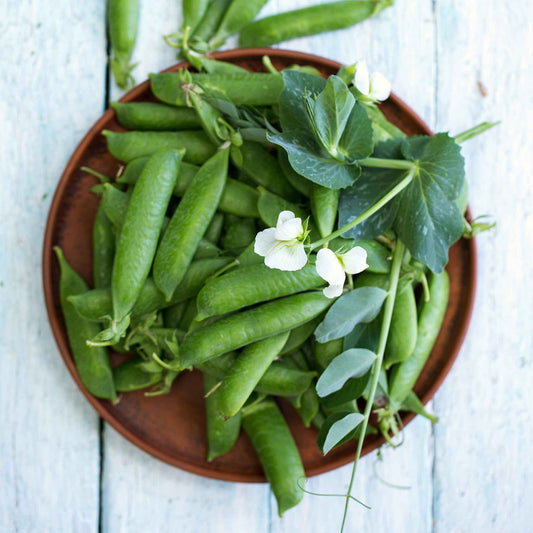
Pea Seeds (Organic) - Sugar Daddy
Stringless pod variety that is self-supportingPea Seeds (Organic) - Sugar Daddy
Stringless pod variety that is self-supportingRegular price As Low As $13.99Regular priceUnit price per -
main-collection-product-grid
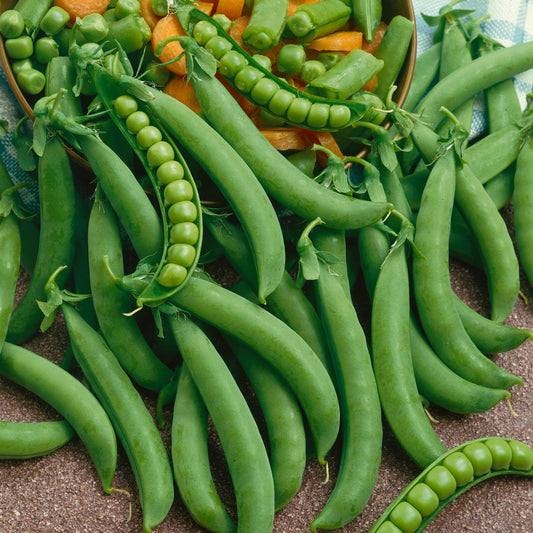
Pea Seeds (Organic) - Green Arrow
Shelling pea that maintains sweetness after freezingOut of StockPea Seeds (Organic) - Green Arrow
Shelling pea that maintains sweetness after freezingRegular price $13.99Regular priceUnit price per -
main-collection-product-grid
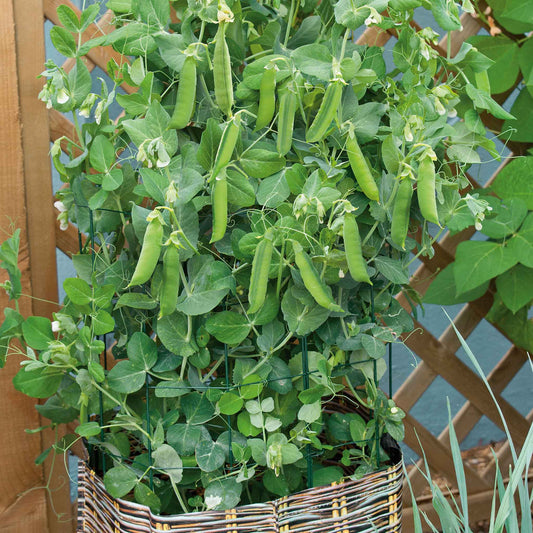
Pea Seeds (Organic) - Tom Thumb
Ideally suited for patio production or container gardeningPea Seeds (Organic) - Tom Thumb
Ideally suited for patio production or container gardeningRegular price As Low As $13.99Regular priceUnit price per -
main-collection-product-grid
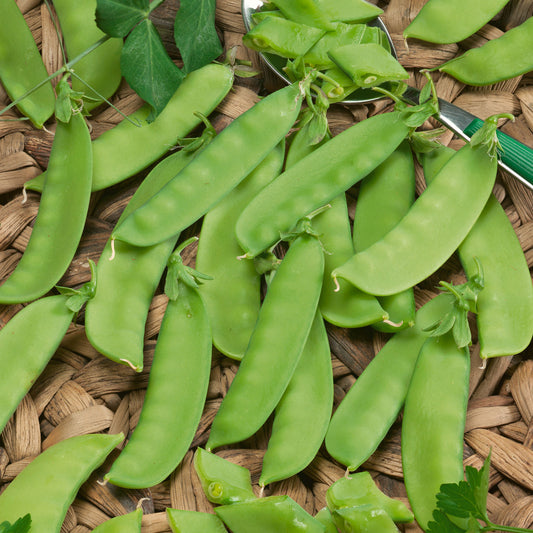
Pea Seeds (Organic) - Mammoth Melting
Long harvest window with extra-large, sweet podsPea Seeds (Organic) - Mammoth Melting
Long harvest window with extra-large, sweet podsRegular price $13.99Regular priceUnit price per -
main-collection-product-grid
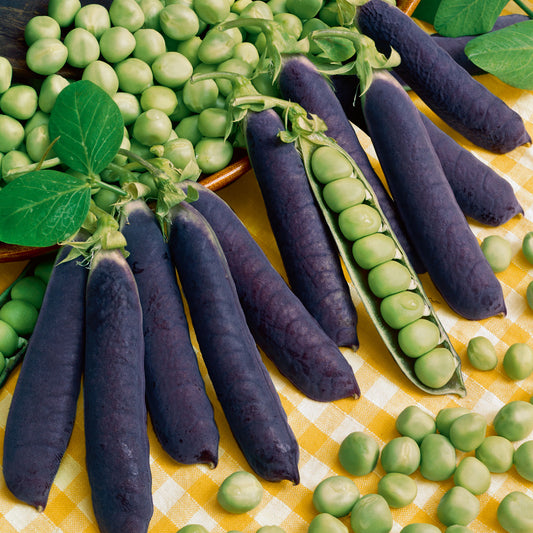
Pea Seeds (Organic) - Blue Shelling
Magical deep purple pods are a Dutch heirloomPea Seeds (Organic) - Blue Shelling
Magical deep purple pods are a Dutch heirloomRegular price As Low As $13.99Regular priceUnit price per -
main-collection-product-grid
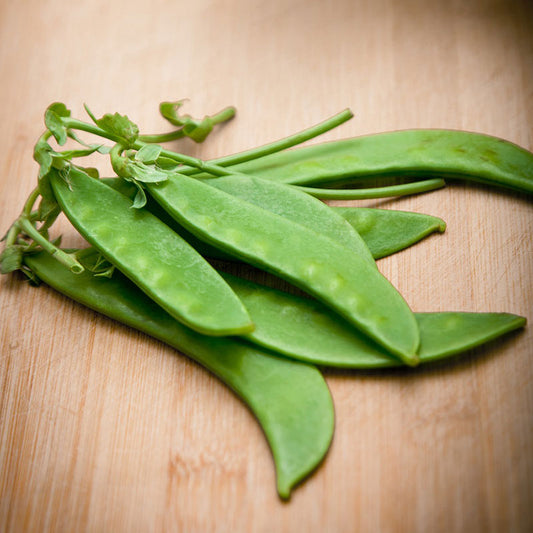
Pea Seeds (Organic) - Oregon Sugar Pod II
High yielding, crunchy snow pea with disease resistancePea Seeds (Organic) - Oregon Sugar Pod II
High yielding, crunchy snow pea with disease resistanceRegular price As Low As $13.99Regular priceUnit price per
Why we crave organic peas
- 6 organic pea seed varieties
- Organic, cool season annuals- perfect for container gardens
- Crisp, sweet seed pods are delicious raw or cooked
- Nitrogen-fixing legumes and incredible companion plants
The best organic peas for your vegetable garden
Sugar snap peas straight off the vine are the closest thing to garden candy. It’s a privilege to be the one to discover the first pea in the garden. Anyone who’s grown peas before knows that the first pea of the season is a coveted treasure. No other vegetable quite compares to crisp, fresh peas, and no other vegetable disappears out of the harvest buckets quite so fast.
Growing conditions for organic peas
Direct sow pea seeds outside about a month before the last frost. Peas are cool-season vegetables that thrive in the shoulder seasons of spring and fall. Make sure that the soil is around 45°F, and pick a well-draining, fertile area to site your peas—but don't use fertilizer, as peas create their own nitrogen. Push each seed about an inch into the dirt, six inches apart. Before peas get too tall, be sure to add a trellis—T posts and hortonova netting works well.
Technically a member of the legume family, peas are a plant that produces pods containing seeds. Legumes are known for being incredible companion plants because of their ability to convert atmospheric nitrogen into a soil-bound form that other plants can use. Peas benefit a number of vegetables, including carrots, celery, parsley, eggplant, and peppers.
Learn the types of organic peas
Organic peas come in three main types—sugar peas, snow peas, and shelling peas. Each type is prepared differently and has a slightly different flavor. Sugar snap peas are best for eating raw—these stringless, crunchy seed pods are a refreshing snack right in the garden. Snow peas look a little different than the plump sugar snaps—snow peas are at their best before the inner seeds develop. The seed pods are edible, but be careful—to prepare these for cooking, you may need to pull the string. Snow peas are delicious when cooked, but may also be eaten raw. Shelling peas have inedible pods, but the inner peas are tasty! For best tasting peas, harvest snap pea pods as they become plump but are still young and tender. Pick snow peas when the pods reach full size and the peas inside are just beginning to swell. Gather sweet green shell peas when the pods begin to show a waxy sheen.
Organic peas are healthy and delicious!
Peas are rich in Vitamins A, C, and E, and peas’ anti-inflammatory properties protect against heart disease, diabetes, and arthritis. Peas contain antioxidants, promoting eye health, and fiber—which improves digestive health. With this much nutrition, it's no wonder that peas are a favorite for microgreens, too!
Eden Brothers offers six varieties of peas, some heirloom, some organic—all delicious.
For more information about planting, growing, and harvesting organic pea seeds, see the Pea Seeds Planting Guide.





